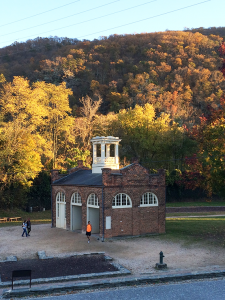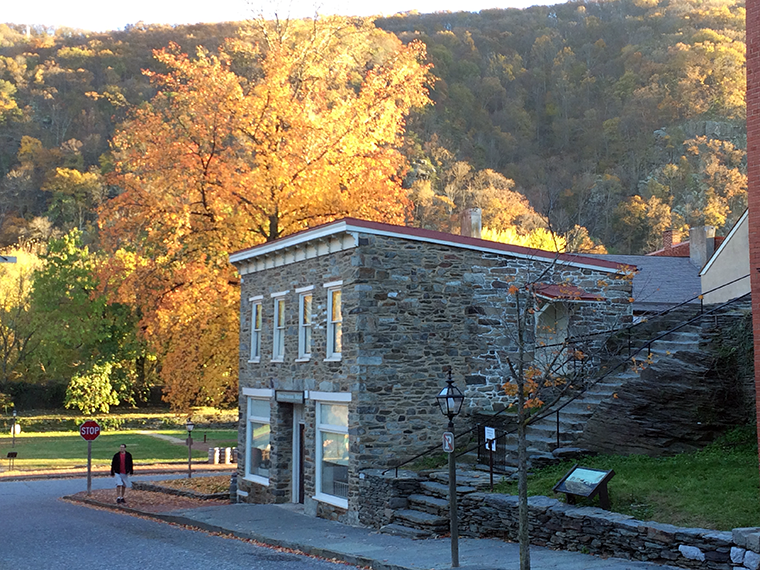This is the third of three posts sharing my response to the Advisory Council on Historic Preservation’s request for input on the National Historic Preservation Program. As I noted previously, the Goals, Strategies, and Ideas presented for comment are hardly ground-breaking, but I truly hope comments the Advisory Council receives will help them develop a national plan of action for preservation similar to what With Heritage So Rich provided to the historic preservation field in the 1960s.
In the end, my response to the Advisory Council presented three topics that I thought had been given short-shrift:
- A national plan of action must recognize historic preservation goes beyond the federal historic preservation program and incite action and change in all sectors, both public and private.
- In order to help safeguard all cultural heritage, the future of historic preservation must obviously spur new and innovative partnerships, but it must also recognize and strengthen all of the existing opportunities for partnerships with organizations across the globe.
- Assessment of federal programs and policies must reconsider the structure of the federal historic preservation program, implementing changes that can serve as a model for tribal, state, local, and private sectors.
My full unedited explanation to the Advisory Council in relation to the third bullet is after the horizontal rule below and the others are posted here and here. But first a bit of context:
structure: the arrangement of and relations between the parts or elements of something complex

This was the hardest of my responses to write to the Advisory Council (perhaps reflected in its brevity). I know many people who work within the federal historic preservation program and I fully support the work they are mandated to do. I do not know whether changes to the structure are the solution to many of the challenges facing our field. But by not recognizing possible restructuring in their ideas, the Advisory Council is missing an important part of assessing the national historic preservation program. There are too many conflicts of interest inherent in the current structure and (thanks to the current political divide) federal programs do not have the resources to meet their mandates (preservation or otherwise).
Just a few examples from recent years: an Advisory Council member provided consulting services on a federal undertaking for which the Advisory Council was required to provide comment, a federal preservation officer with no background or training in architectural history or archaeology is mandated to lead the agency’s historic preservation efforts, national parks staff specifically avoided consultation on a project that resulted in adverse effects to a historic property, and a professional consultant refused to alert their client to known design issues on a tax credit project for fear of losing the contract.
Restructuring the federal historic preservation program is not a new idea. It’s been adjusted before and I’m sure it will be adjusted piece by piece again (even without the Advisory Council’s current effort to identify improvements). Perhaps I’ve been through too many kaizen exercises, but in the context of the other ideas for making improvements to the national historic preservation program, wouldn’t it make sense to assess the structure as a whole as part of looking at all federal historic preservation programs and policies? It certainly couldn’t hurt.
Assessment of federal programs and policies must reconsider the structure of the federal historic preservation program, implementing changes that can serve as a model for tribal, state, local, and private sectors.
As noted in my previous post, I believe it is important that any assessment of federal programs and policies must include looking at the current structure of the federal historic preservation program. In addition to reviewing the makeup and role of the Advisory Council on Historic Preservation and the professional qualifications and role of federal preservation officers, this must include assessing the efficiency and effectiveness of having the primary federal historic preservation program, including grants, tax incentives, and the National Register, located within the National Park Service.
In my relatively short experience working within state historic preservation offices (approximately 14 years), it became painfully obvious that some NPS staff at national parks were the least prepared to contend with Section 106, Section 110, and their consultative responsibilities associated with these parts of the National Historic Preservation Act. Further, NPS staff in charge of important federal historic preservation incentives are limited in their ability to understand and address preservation concerns across the country while confined to their perspectives from inside the beltway.
While the structure of NPS has been continually adjusted in an attempt to address shortfalls in travel, internal training, and external outreach, it continues to fall short. Neither the parks staff nor the preservation staff have the resources or structure they need to succeed in very different (and sometimes conflicting) roles. An assessment of this sort may result in radical change or incremental improvements that also benefit many of the other goals, strategies, and ideas in the ACHP list.

